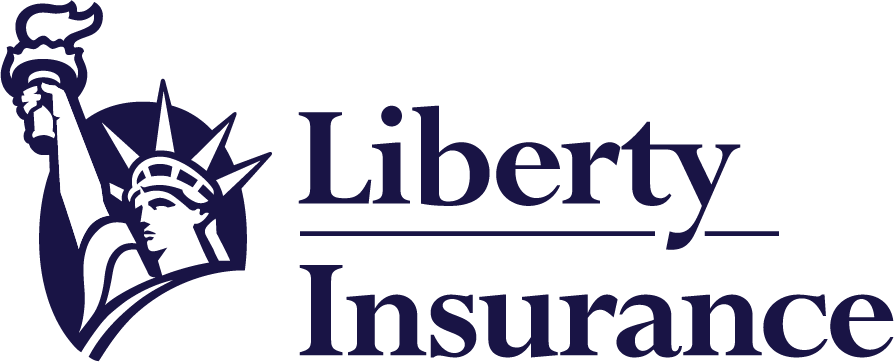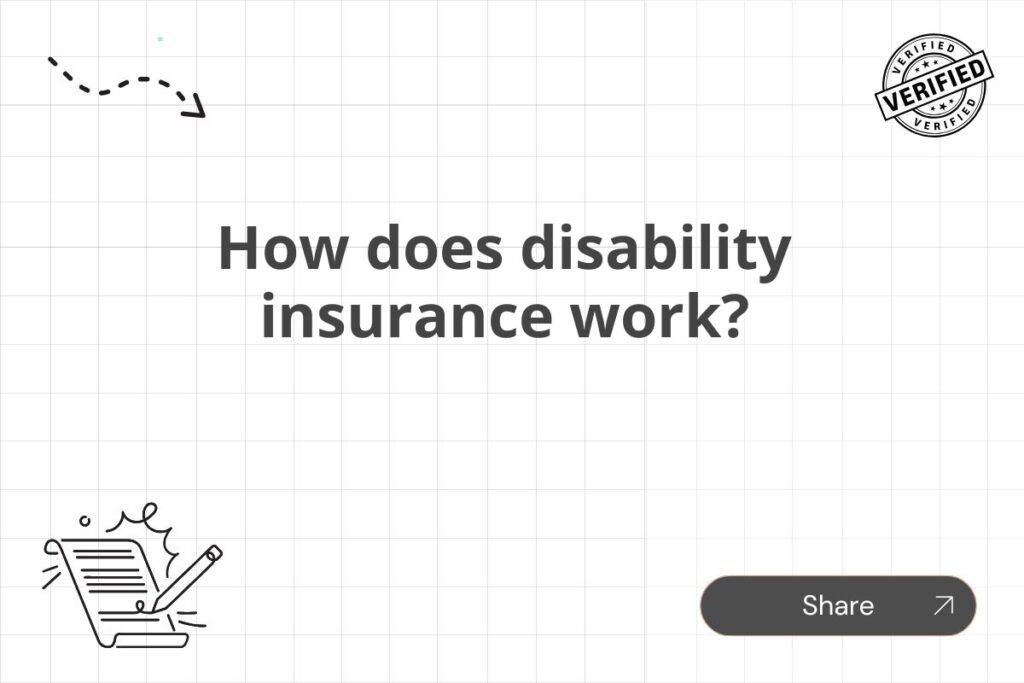Meta Description: Understand how disability insurance protects your income if illness or injury prevents you from working. Learn about eligibility, policy types, benefits, and the application process. Secure your future – explore disability insurance today!
Disability insurance can feel like a complex and often overlooked aspect of financial planning. However, understanding how it works is crucial for safeguarding your financial well-being. This comprehensive guide will walk you through the intricacies of disability insurance, covering everything from eligibility and policy types to the claims process and essential considerations.
What is Disability Insurance?
Disability insurance provides financial support if you become unable to work due to illness or injury. It replaces a portion of your income, helping you cover essential expenses like mortgage payments, healthcare costs, and daily living needs during a period of disability. There are two main types: short-term disability insurance and long-term disability insurance. Short-term policies typically cover a few months, while long-term policies can provide coverage for years or even until retirement age.
Types of Disability Insurance
Understanding the different types of disability insurance is key to choosing the right policy for your needs. Here’s a breakdown:
1. Short-Term Disability Insurance (STDI)
STDI provides income replacement for a limited period, usually ranging from a few weeks to a year. It’s often offered through employers as an employee benefit. The benefit amount is typically a percentage of your pre-disability income, and the waiting period before benefits begin is usually short, often just a week or two.
2. Long-Term Disability Insurance (LTDI)
LTDI offers more extensive coverage, typically lasting for several years or even until retirement age. It’s often considered a more comprehensive protection against the potential long-term financial consequences of a disabling illness or injury. The waiting period before benefits start is usually longer than STDI, often two to six months, and the benefit amount is also often a percentage of your pre-disability income, usually capped at a certain amount.
3. Individual Disability Insurance
This is a policy you purchase independently, giving you more control over the coverage amount, benefits, and other terms. This option is particularly valuable if your employer doesn’t offer disability insurance or if you want more comprehensive coverage than your employer’s plan provides.
4. Group Disability Insurance
This type of insurance is provided by your employer as part of your employee benefits package. It’s typically less expensive than individual policies but might have limitations on coverage amounts and benefit periods.
How Does Disability Insurance Work?
The process of obtaining and utilizing disability insurance involves several key steps:
1. Eligibility
Eligibility criteria vary depending on the insurer and the type of policy. Generally, you’ll need to be employed and meet certain health requirements. Pre-existing conditions might affect eligibility or result in limitations on coverage.
2. Application and Underwriting
Applying for disability insurance involves completing an application form and undergoing an underwriting process. This process involves the insurer reviewing your health history and other factors to assess your risk. The insurer may require a medical examination to confirm your health status.
3. Policy Terms and Conditions
Carefully review your policy’s terms and conditions before signing. Pay close attention to the definition of disability, the waiting period, the benefit period, and any exclusions or limitations.
4. Claiming Benefits
If you become disabled and unable to work, you’ll need to file a claim with your insurer. This usually involves providing documentation from your doctor verifying your disability and its impact on your ability to work. The insurer will review your claim and determine your eligibility for benefits. There may be a period of time for the claim to be processed and approved. This process can be lengthy.
5. Benefit Payments
Once your claim is approved, you’ll receive regular benefit payments, usually monthly. The amount will be determined by your policy’s terms and conditions. Benefits are often a percentage of your pre-disability income, up to a certain maximum amount.
What to Consider When Choosing a Disability Insurance Policy
Selecting the right disability insurance policy requires careful consideration of several factors:
The Importance of Disability Insurance
Disability insurance is an essential part of a comprehensive financial plan. Unexpected illnesses or injuries can occur at any time, and the financial consequences can be devastating. Without disability insurance, you could face significant financial hardship if you’re unable to work. The peace of mind that comes with knowing you’re protected can be invaluable.
Frequently Asked Questions (FAQs)
Here are some common questions about disability insurance:
Q: How much disability insurance do I need?
A: The amount of disability insurance you need depends on your income, expenses, and lifestyle. A good rule of thumb is to aim for coverage that replaces 60-70% of your pre-tax income.
Q: What is the difference between own occupation and any occupation policies?
A: Own occupation policies define disability as your inability to perform the duties of your own specific occupation. Any occupation policies define disability as your inability to perform the duties of any occupation for which you are reasonably suited by your education, training, and experience.
Q: Can I get disability insurance if I have a pre-existing condition?
A: You may still be able to obtain disability insurance with a pre-existing condition, but it might be more expensive or have limitations on coverage. It’s crucial to disclose all relevant health information to your insurer.
Q: How long does the claims process take?
A: The claims process can vary depending on the insurer and the complexity of your case. It can take several weeks or even months to receive a decision.
In conclusion, understanding how disability insurance works is crucial for protecting your financial future. By carefully considering your needs and researching different policy options, you can choose a plan that provides the appropriate level of coverage and peace of mind.






















